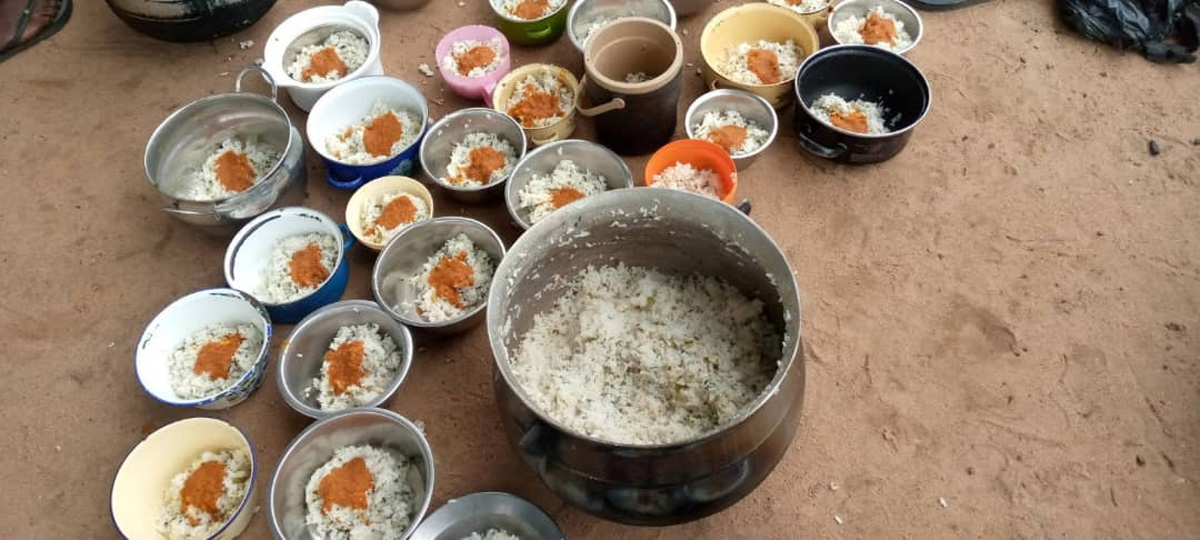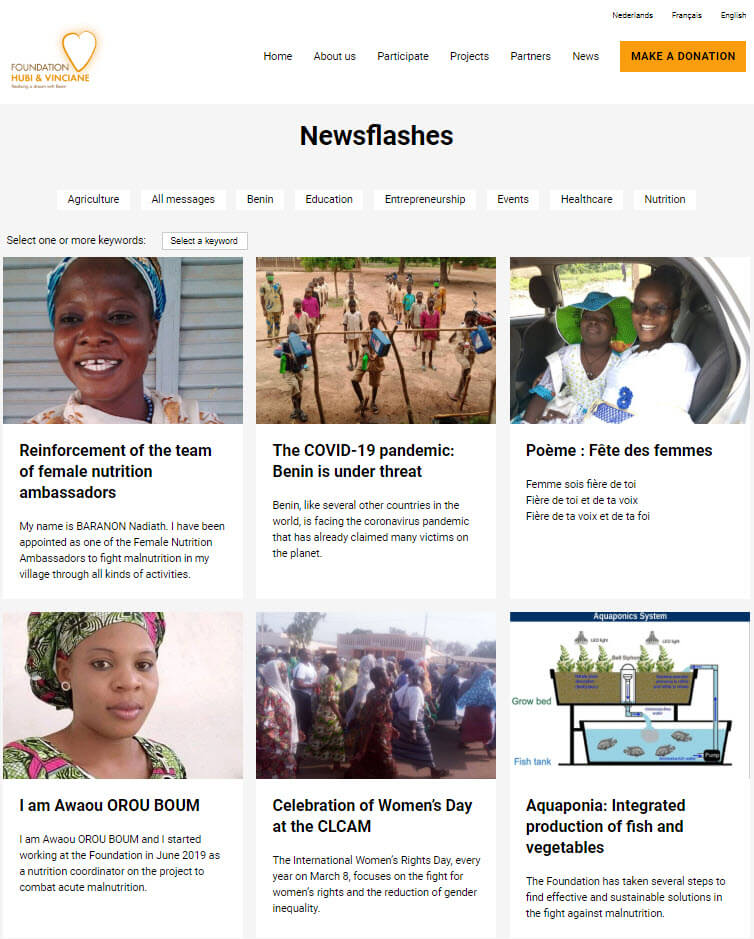February 10, World Pulses Day
Some thoughts from the nutritionist and agriculture expert of the Hubi & Vinciane Foundation on the occasion of this celebration
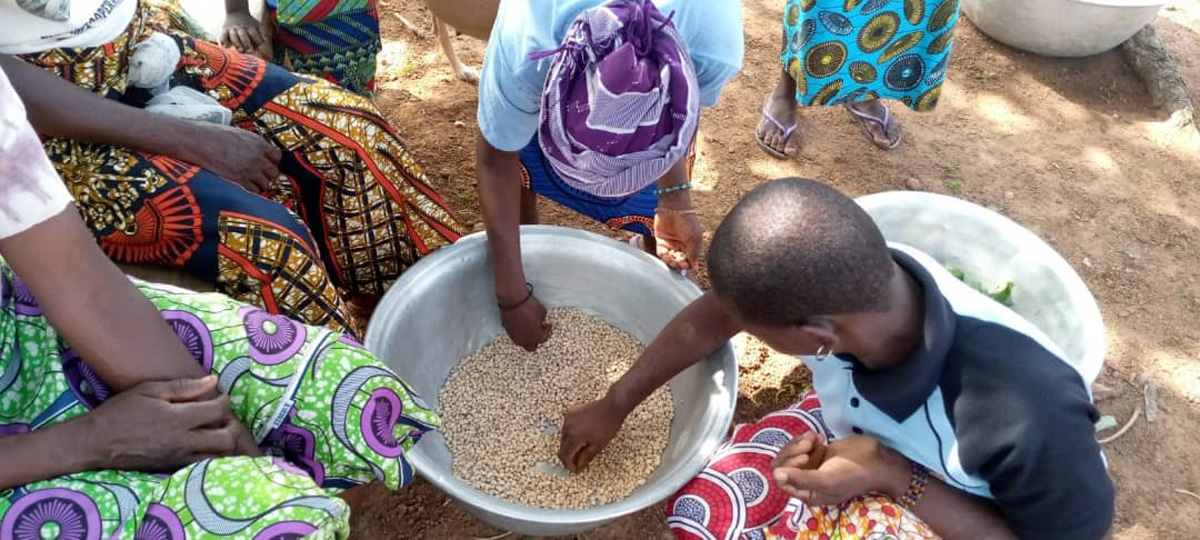
The Hubi & Vinciane Foundation’s main objective is to fight against malnutrition through its four areas of intervention: health & balanced diet, education, agriculture, and entrepreneurship. It goes without saying that the organization recognizes the World Pulses Day, instituted by the United Nations General Assembly on February 10 each year. By establishing a fixed annual day, the United Nations intends to highlight the crucial role of pulses. Not only do they have a significant nutritional value, but they also ensure food security and can be cultivated sustainably.
On this occasion, the Foundation’s nutritionist in Benin, Eric Dossou Gbété, talks about the importance of pulses in the human diet. Samadou Sidi, one of the agricultural advisors, talks about producing and conservating these products.
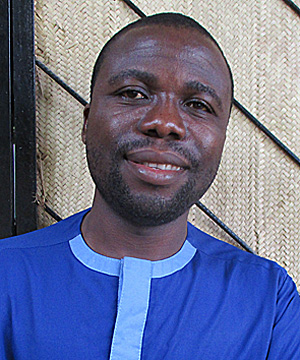
“Pulses are plant-based foods that provide protein to the human body and perform various functions (structural, hormonal, enzymatic, etc.)”. According to Eric, pulses are the most accessible protein sources for preventing and treating malnutrition in children, especially in developing countries like Benin, where meat and dairy products are less available. Pulses can also be used in many preparations: flour enriched with pulses, purees, cakes…
For the nutritionist, pulses are among the foods with high nutritional value that “we must add to our diet to have a healthy and balanced diet.
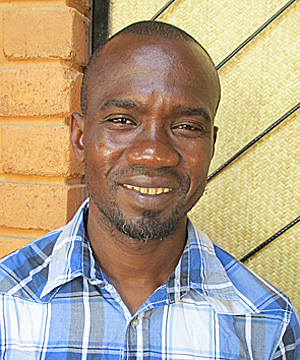
Samadou Sidi on the production and conservation of pulses.
“Before eating pulses, they must be produced. In Benin, the most frequently produced and consumed pulses are soybeans, cowpeas, voandzou, groundnuts, chickpeas, and pigeon peas. After harvesting, one of the steps that are no less important is their conservation or storage for later consumption or sale”.
He points out that pulses can be grown in an environmentally friendly way. First, they need less water than other crops to grow, a significant advantage in a region where water is very scarce. They also play an essential role in the fight against erosion and soil depletion because they do not require nitrogen fertilizers.
To preserve pulses properly, there are different steps to follow from the pre-harvest stage. “After full maturity, which lasts 2 to 3 months depending on the pulse, we first go through harvesting, drying, shelling, sorting, and grading (classifying the seeds according to their size) and then packaging. Before these steps, it is necessary to proceed to the cleaning and the treatment of the store. After these steps, the pallets are arranged, leaving aisles for possible operations (control/sampling, treatment, etc.), the products are stored or placed, and the warehouse is closed. If all these steps are followed carefully, and the products are tightly packed, they can be stored for months or even years without losing their nutritional value.
Currently, it is the storage period. In the Foundation’s intervention areas, all producers are made aware of the techniques of storage and packaging of agricultural products. After all, these techniques play an essential role in food security.
